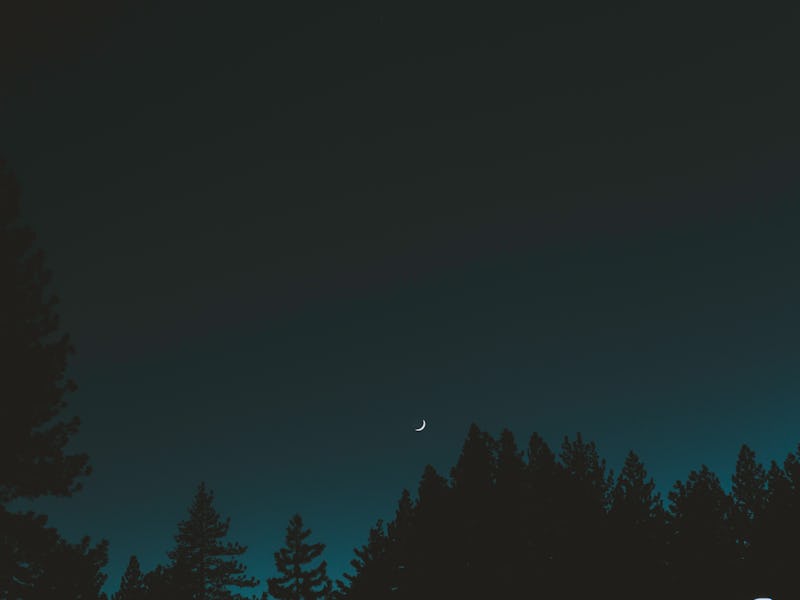Tonight's Winter Solstice Is More Than the Longest Night of the Year
It's all in our tilt.

If you’ve ever asked your friend to explain what the winter solstice is, you’ve probably gotten a response along the lines of: “It’s the longest night of the year!” While this is true — the sun is in the sky for the shortest amount of time of the year — the winter solstice is also a key moment in the changing of our seasons.
If you’re living in the Northern Hemisphere and have had a lot of time on your hands, you’ve probably noticed that the sun looks like it’s getting smaller and moving south. Well, as you know, the Earth orbits around the sun, so it’s actually us doing the moving, but still.
The Earth revolves around the sun at a slight angle — 23.44 degrees to be exact. This tilt gives us all four of our seasons. When the Northern Hemisphere is tilted towards the sun, its rays are hitting the top half of our planet directly, which means it’s summer up here. When the opposite is the case, it’s winter, like right now.
The winter solstice, which is happening on December 21, is the time when the Northern Hemisphere has tilted as far away from the sun as possible. This means the sun will set earlier than it has all year long, making for a seriously extended night. It’s perfect if you want to catch up on some snoozing, or just really like the darkness.
From the 21st forward, the Northern Hemisphere will slowly tilt back towards the sun, ushering in spring and, eventually, summer. The sun will once again begin rising higher and appearing bigger in the sky.
For us, this yearly occurrence is nothing more than a really long night and maybe some complaints about the sun setting way too soon. But for ancient civilizations, this time of the year was cause for huge celebration because it marked the “rebirth” of the sun.
Civilizations across Europe would get together and feast, Druids would gather to dance and sing, and the Mayans built pyramids commemorating this time of the year.
So why not commemorate this transitional time of year by throwing a solstice rager? You’ll have plenty of dark hours to throw down.
You Might Also Like: 5 Wild Facts About Tonight’s Winter Solstice Tonight